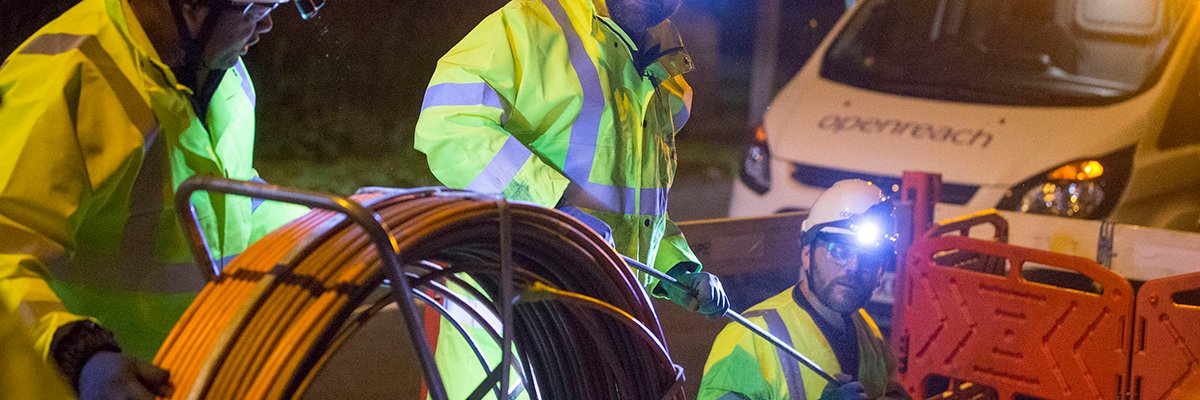The steady progress of the UK’s gigabit broadband market over the past five years has culminated in the market hitting one of its key objectives, with data released by Ofcom in its latest Connected nations report showing that by the end of January 2025, the number of homes able to get gigabit-capable broadband increased to 25.9 million (86% of the UK’s 30.2 million homes), up from 25 million (83%) in July 2024.
In the early months of its days in power, the previous UK government set the target that gigabit-capable broadband was to be available to a minimum of 85% of UK premises by 2025, and nationwide by 2030.
The interim update to the Connected nations 2024 report from the UK’s communications regulator noted that gigabit-capable coverage for all properties, i.e. combining both residential and business, now stands at 84%.
Just four years ago, less than a quarter of UK homes and offices had access to full-fibre broadband. This now stands at 73% of premises – 23.686 million. Some 21.134 million of these are to be found in urban locations (76% of premises) and 2.552 in rural areas (55%) – an indication there is still work to be done in so-called hard-to-reach locations. Over the six-month period under review, the number of full-fibre broadband connections has increased by 1.5 million to nine million.
Premises having access to connections offering broadband speeds greater than 300 Mbps – regarded by Ofcom as providing ultrafast broadband – totalled 27.396 million at the end of January 2025. Of these, 24.775 million were in urban environments and 2.62 million in rural locations (57%) for a grand total of 90% coverage.
In the constituent parts of the UK, Northern Ireland was the most connected nation, with 94% of all premises having access to broadband speeds in excess of 300 Mbps. This compared with 86% in England, 78% in Scotland and 77% in Wales, respectively.
One of the key aspects of the UK broadband market is the existence of the so-called digital divide, that is the still relatively large number of premises without access to decent broadband (at least 10 Mbps download and 1 Mbps upload speed) from a fixed line or fixed wireless access network. However, this figure has dropped from 58,000 to 48,000 premises from July 2024 to January 2025. Ofcom estimated around 41,000 of these premises not to be covered by the roll-out of publicly funded schemes in the next 12 months.
In March 2025, Ofcom published its view on the final steps needed to give the UK almost total access – 96% of homes and businesses – to full-fibre connectivity. In its Telecoms access review 2026-31, the regulator firmly believes full-fibre broadband is on course to become universally available in the next two years, given the necessary levels of competition and investment.
Also in its investigation, Ofcom looked at the world of wireless connectivity. It found 4G mobile coverage has remained stable since September 2024, with around 96% of the UK landmass predicted to have good outdoor 4G coverage from at least one mobile network operator. Mobile network operators were found to have maintained coverage of at least 99% outside of UK premises.
In addition, 5G coverage has also remained stable over the previous four months, with the report predicting around 62% of UK landmass will have 5G coverage from at least one mobile network operator.
Mobile network operator coverage outside premises ranges between 62% and 85%, figures that the regulator rates at its High Confidence level.










